How indie developers built the path to queerness in gaming
These devs said it's okay to be gay
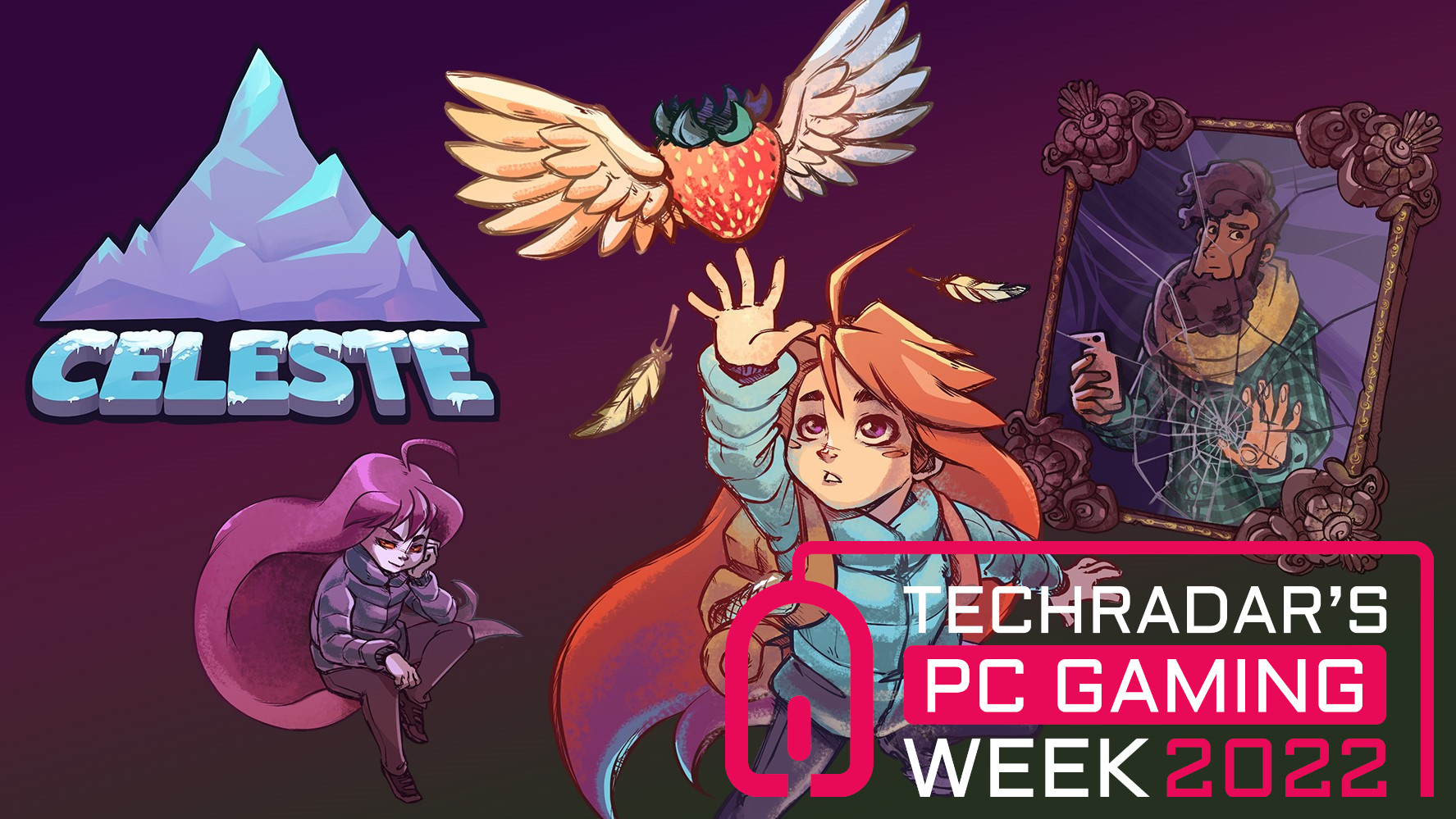
One of the most important things that a person needs in life is connection. The sense of being able to relate to one another; to belong in a group of people without fear of rejection and not being heard.
This need for understanding and belonging is but one of the many possible reasons that people all over the world play video games. Coincidentally, this can also be one of the reasons that people make games. The desire to share the stories they hold dear to them is one of the many possible driving forces behind many developers.
LGBTQ+ representation has proven itself to be a mainstay in modern storytelling. Over the past ten years alone, the number of games with openly queer characters has increased by a wide margin compared to those in the past. From independent developers to Triple-A studios such as Naughty Dog and Nintendo, games with openly LGBTQ+ characters are coming out quarter after quarter.
As a bisexual person myself, it can be difficult to find games that feel like I am being represented within. I suppose I should be lucky that games that my teen years as a gamer gave me multiple options that helped me explore my identity and helped me become the person I am today.
Perhaps one of the biggest places to see this would be the indie game scene—a place where solo developers and small studios, regardless of skill or budget, come together to share these creations in hopes of success. Many developers get their start in the independent scene, and some make a name for themselves.
The indies that went mainstream
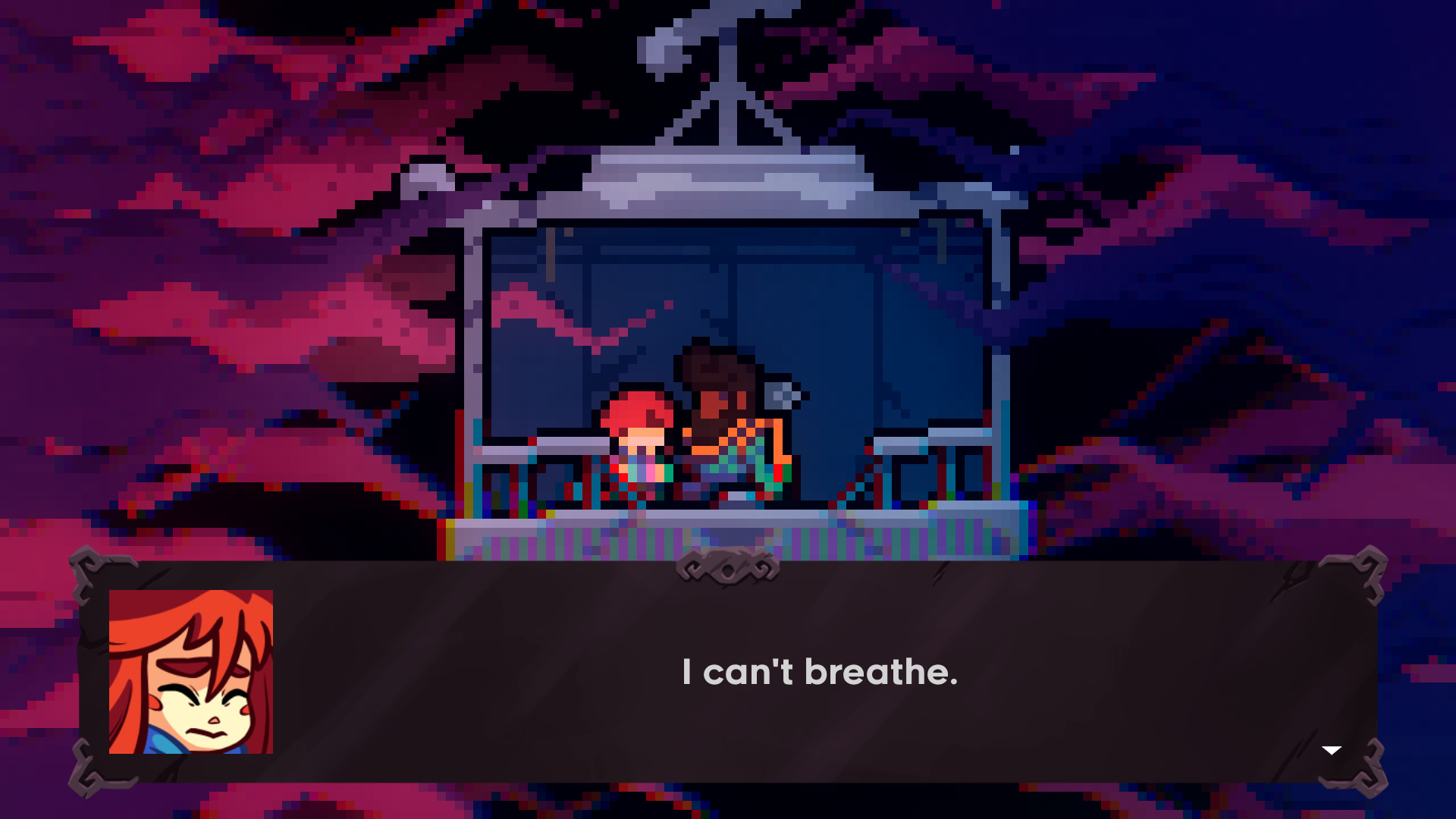
Some of the most popular games from independent developers and studios in the past ten years have had at least one character who was canonically a part of the LGBTQ+ community. Games such as 2015’s smash-hit Undertale have multiple. (An aside: In Undertale, one of the requirements for the true ending is making sure two female characters confess their feelings to one another.)
2018’s Celeste has more subtle representation, but it is well-known that protagonist Madeline is transgender. And while games like these are only a few of the most popular games in the indie niche, they have left profound impacts on storytelling and the medium they were created in.
Sign up for breaking news, reviews, opinion, top tech deals, and more.
Games such as Stardew Valley, Hades, and Monster Prom also allow queer romances for the player character in an open and casual way. There is no big reveal about their sexual identity, nor is it a struggle that plagues the characters down. They just are. Hades in particular is notable for its canon polyamorous relationship between protagonist Zagreus and his partners Thanatos and Megaera.
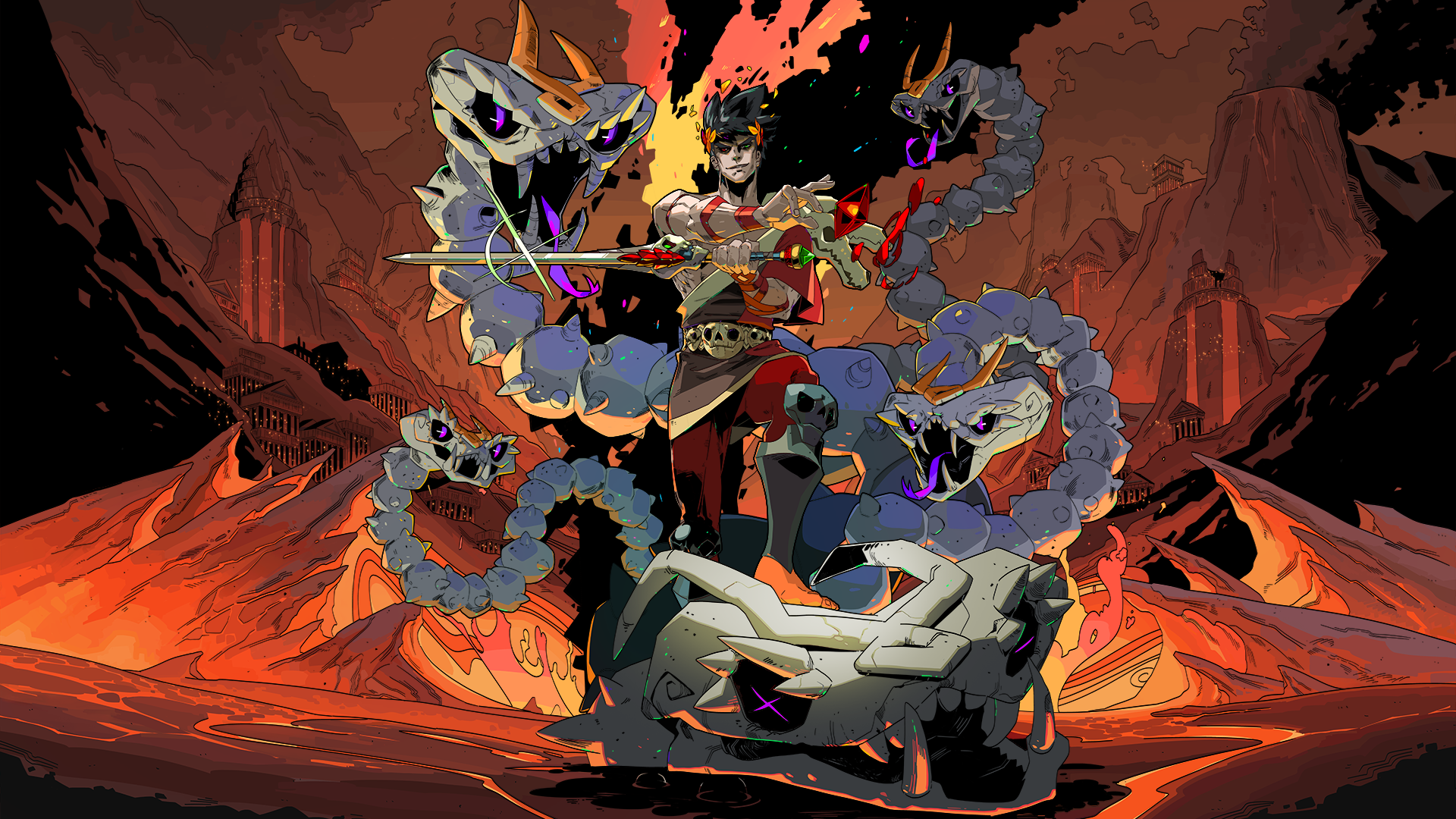
In Stardew Valley, the player has the option to form a relationship with and marry several eligible bachelors and bachelorettes who live in Pelican Town. Many characters are able to be romanced despite the gender of the player, and some even note that their relationship with the player is the first time that they have felt romantic interest in a person of the same sex. Monster Prom is similar in this regard, allowing you to romance any character regardless of the player character’s gender. These games are lauded and have been nominated for (and won!) multiple awards.
Despite an insurgence of representation of the LGBTQ+ community in gaming rather recently, 2015 is nowhere near the first time that a game incorporated representation in its narrative. Queer stories have been told many times over the years; though today they are much more prevalent than they were before.
However, browsing through the LGBTQ+ tag on Steam, it says something that there are more games from independent developers rather than those of the classic triple-A developers and publishers. When adding popular indie game site itch.io into the mix, the number shoots up from about 1,000 to over 4,000 titles marked with a tag regarding LGBTQ+ themes or characters.
Representation in triple-A productions
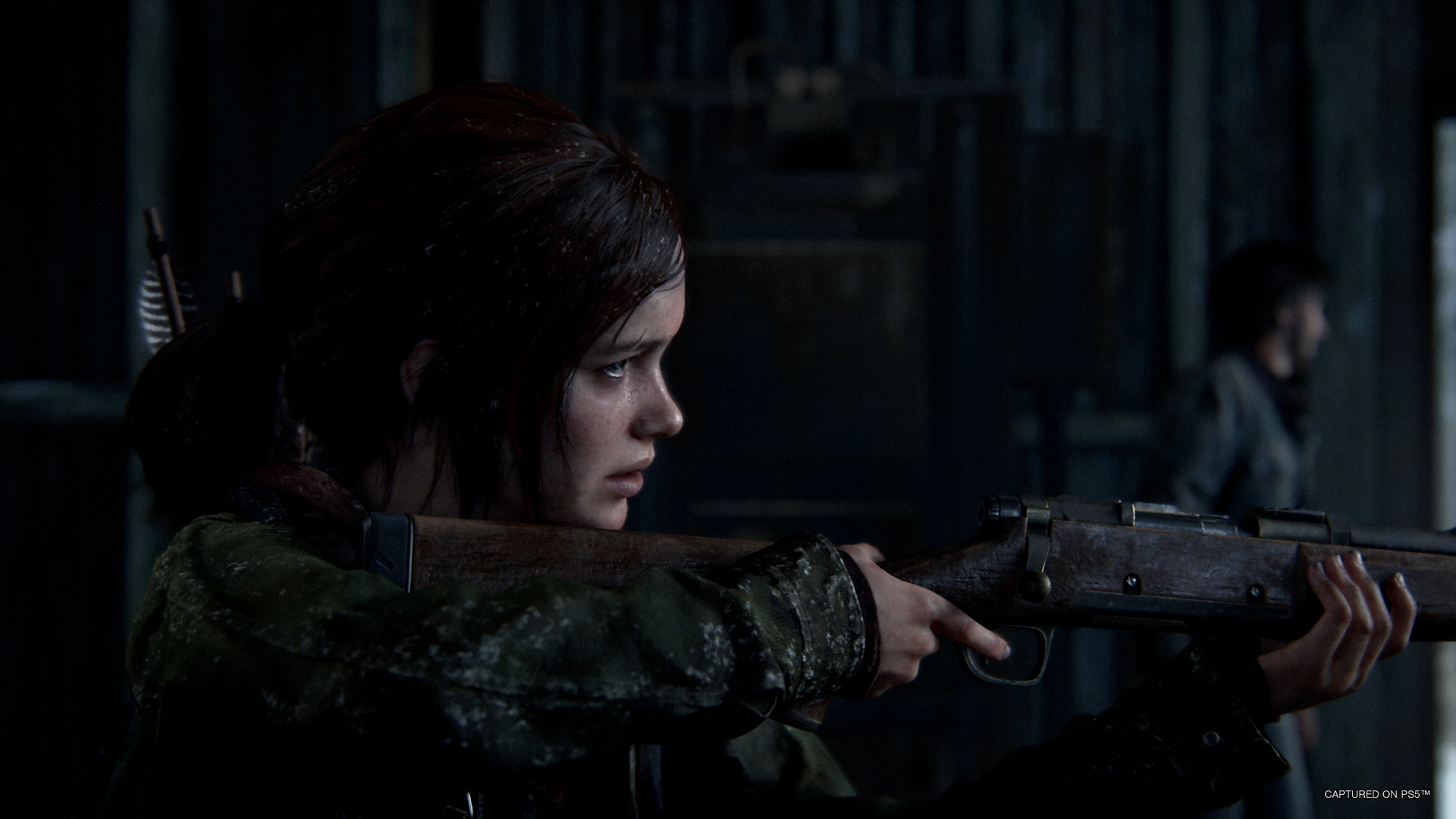
In 2018, Sam Greer of Gamesradar found only 179 mainstream games with queer representation. Of course, more games have come out since then, but 2018 was only four years ago and the games industry has been around for almost fifty years. Out of thousands of video games published by big companies, less than a quarter of a thousand had at least one LGBTQ+ character.
This number has increased in the years since 2018, but there is still a considerable lack of representation, especially good representation. There is hope for the future though, as studios are taking steps forward to ensure better diversity within their games.
Naughty Dog’s The Last of Us: Part Two was a showstopper at the 2020 Game Awards. Taking home seven awards that night, it has sold over ten million copies since its launch. Being one of the most critically and commercially lauded games of 2020, The Last of Us: Part Two is a game with not only explicit representation but some of the best seen in gaming.
Ellie’s relationship with Dina is raw, emotional, and heartfelt. The messiness of their love in the unforgiving reality that the two find themselves in is one of the highlights of the game for any queer person looking for representation.

The BAFTA Award-winning Life Is Strange is classified by its creators as a “AAA indie” game, making its place within these distinctions confusing. Despite this, development studio Dontnod Entertainment has created one of the most stunning games in the past ten years. Released in 2015, the game made waves as one of the best games of that year.
Life is Strange and its prequel Before the Storm are beautiful stories that both shine on their own. Seeing Max and Chloe’s relationship unfold within the first game, coupled with Chloe’s previous relationship with Rachel Amber in Before the Storm, is still some of the best representation within video games, even if Max’s sexuality is left up to the player.
The fruits of our labor

Western developers aren’t the only ones that add queer characters to their stories. When adding games from Japan such as Square Enix’s NieR Replicant have also been seen to have queer characters. (In Replicant’s case, the intersex character Kainé as well as the gay character Emil.) That doesn’t even begin to count the vast amount of characters who are “queer-coded” and without an answer as to whether or not their supposed gayness was intentional either.
Many games tended to be censored in the west in order to take out any mention or regard of the LGBTQ+ community around the time of NieR’s original release. In the west, developers removed dialogue that indicated Emil’s sexuality during one of the latter portions of the game. In Paper Mario: The Thousand-Year Door for the Nintendo Gamecube, one of the antagonists Vivian is unfairly teased by other characters for identifying as female despite being born as a male.
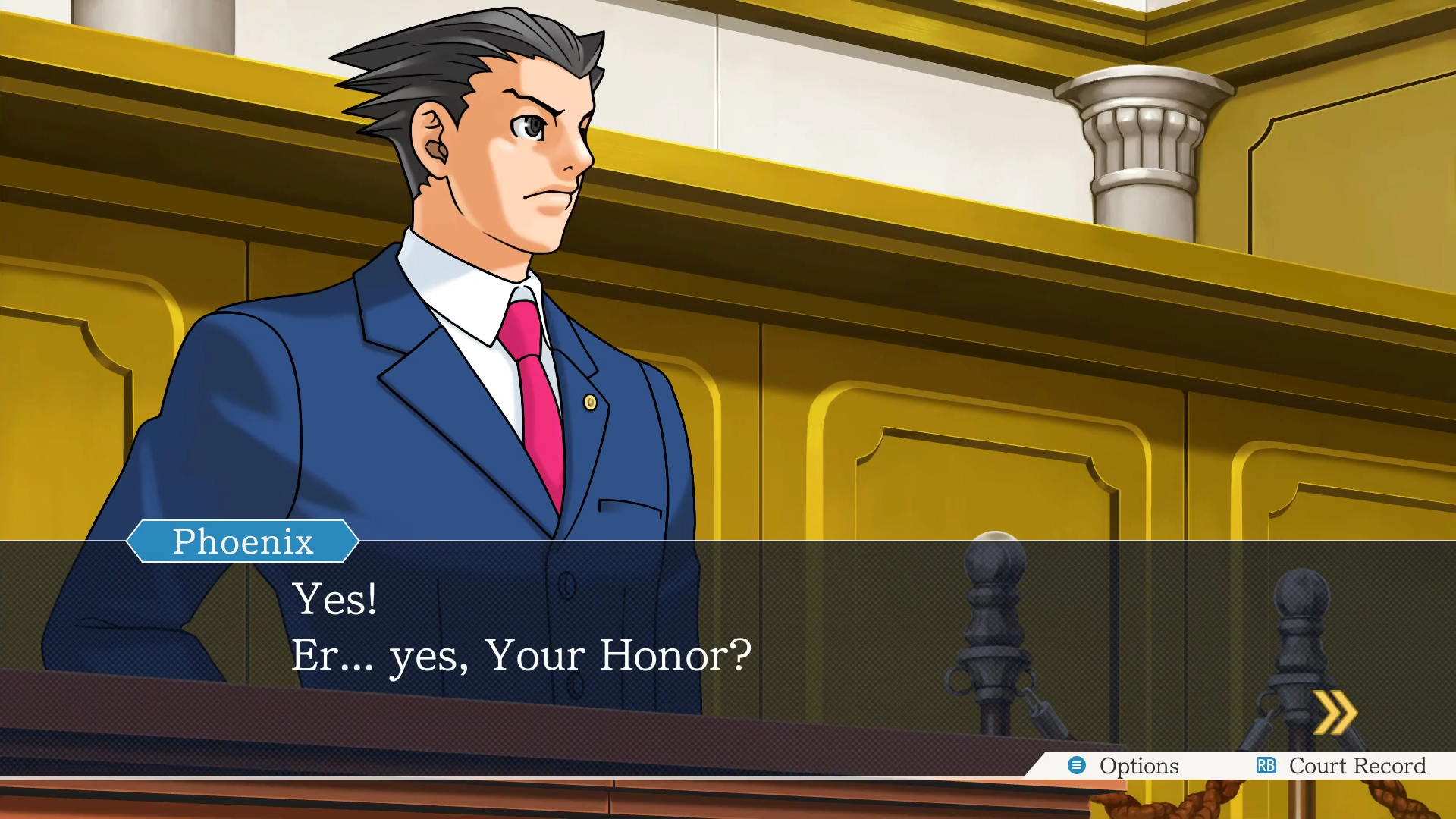
There are also many games that are not explicitly queer yet have a passionate following within the LGBTQ+ community. One of the most notable is Capcom’s Ace Attorney games, which feature lawyers Phoenix Wright and Miles Edgeworth whom many of the fans believe are in love with one another. This is helped by the game’s significant amount of dialogue that feels like it comes out of a romance novel.
When it comes to speaking about representation in games, the topic can become a slippery slope when it comes to good vs. bad representation. There are plenty of games made both in the past and present that represent the LGBTQ+ community via offensive stereotypes and jokes, or fail to commit and end up 'queerbaiting' instead.
While it is getting better, there is still work to be done. Poor representation within video games is more often seen within triple-A games rather than indie, such as the transphobic handling of Erika and Rin in Catherine: Full Body, or Overwatch’s refusal to properly commit to playable characters Tracer and Soldier 76’s sexualities in-game, instead opting to reveal the latter's orientation in an extraneous short story posted online.
Credit where credit is due

Despite their undeniable impact, it would not be fair to say that the rise of representation and diversity in triple-A video games started solely because of games such as Stardew Valley and Celeste. There have been queer stories since the beginning of gaming. Bioware’s Dragon Age series in particular is lauded for its diverse cast of LGBTQ+ characters, as is The Last of Us: Left Behind for Ellie’s official coming-out story. Fallout 2, released in 1998, was the first game to feature same-sex marriage, which wasn’t legal in many countries at the time of the game’s release (and still isn't today).
It's difficult, if not entirely impossible, to find queer representation in games made before the turn of the century. RPGMaker is a powerful tool that many independent developers use to create games. There is an entire directory of RPGMaker games spanning from the present day to the early 2000s. Many games built using the program aren’t listed on the site either, making the ability to find indie games from this time period pre-modern-internet a time-consuming effort.
There is a special relationship between triple-A studios and indie developers. With the rise of digital gaming marketplaces, the indie game scene boomed. This in turn allowed more creators to have their games in the limelight. The ability of these creators to tell their more experimental and non-traditional stories and to have them gain popularity shows the wider gaming sphere that people wish to see these types of games more often. Modern LGBTQ+ representation is rising, and without mentioning the amount of representation within indie games over the past twenty years does a disservice to the work that developers have put in over the years in order to get to this point.